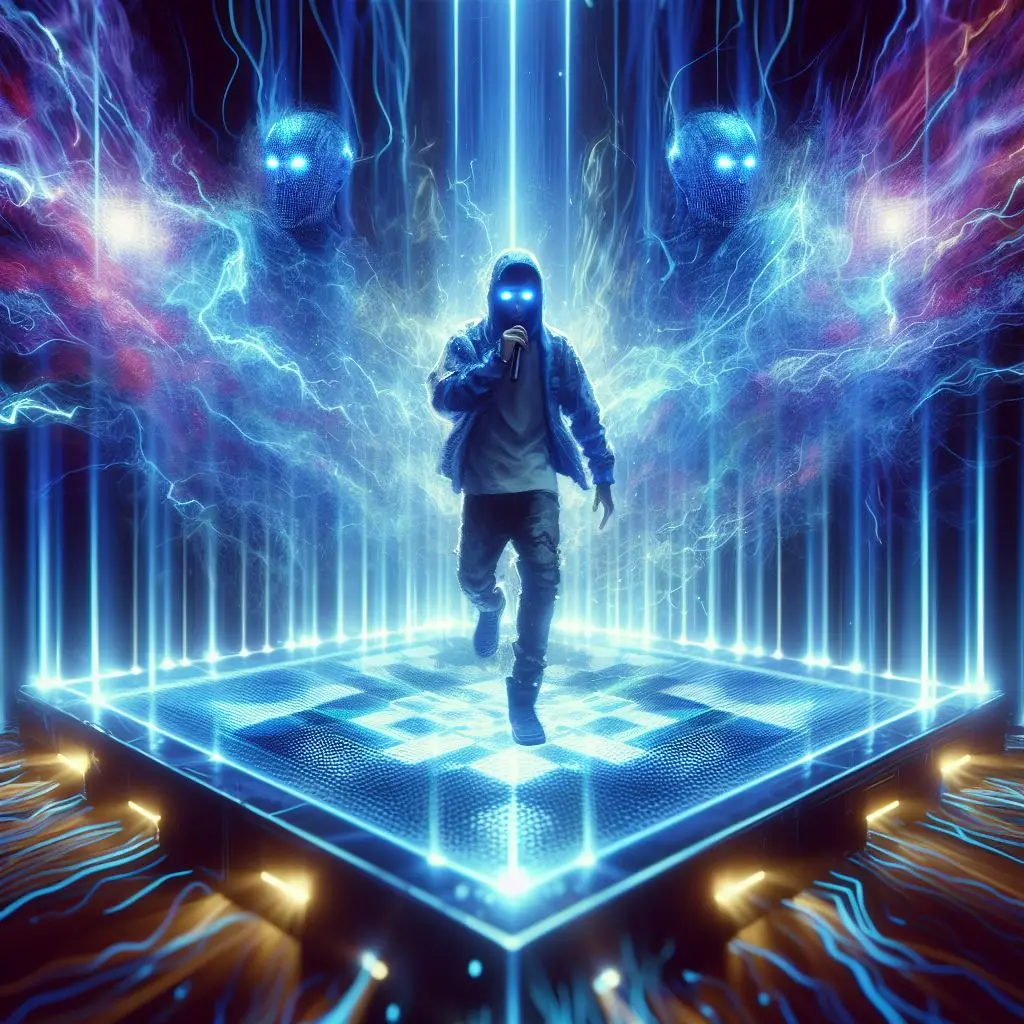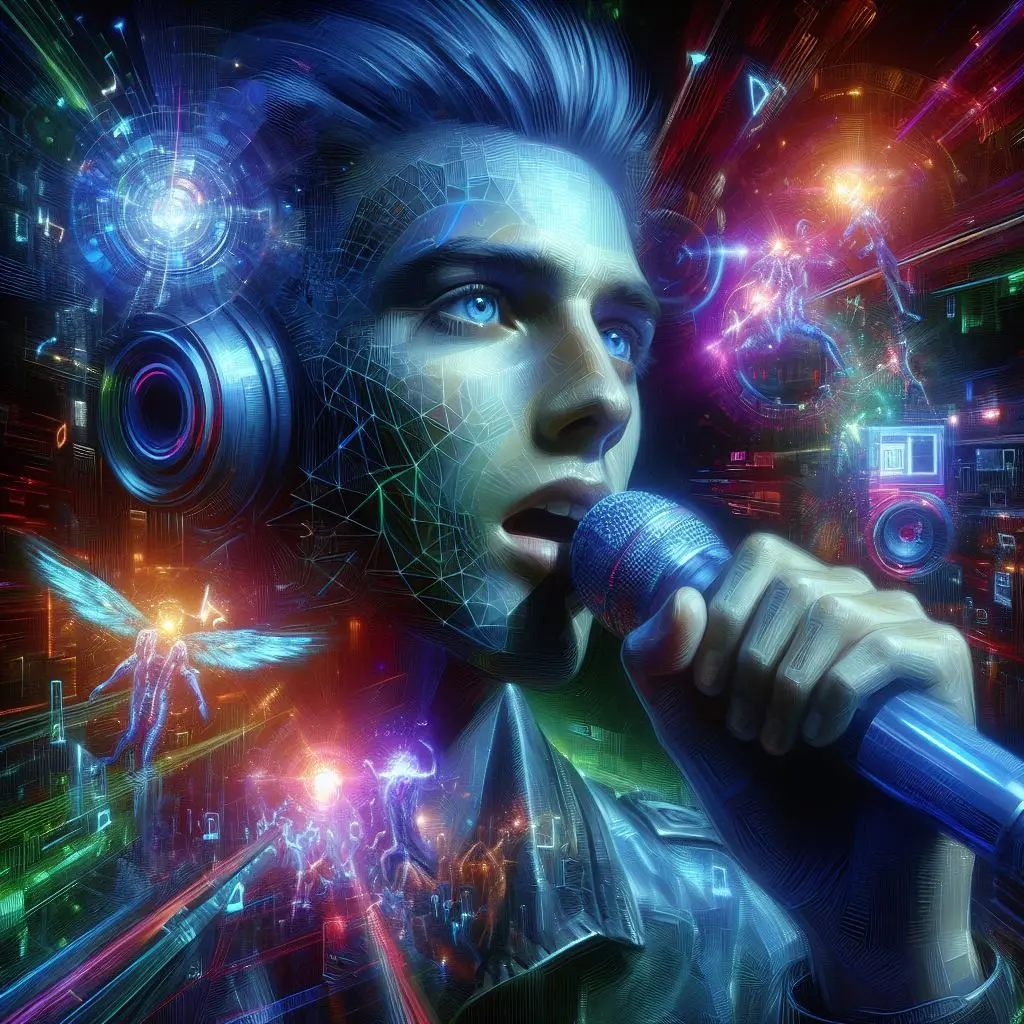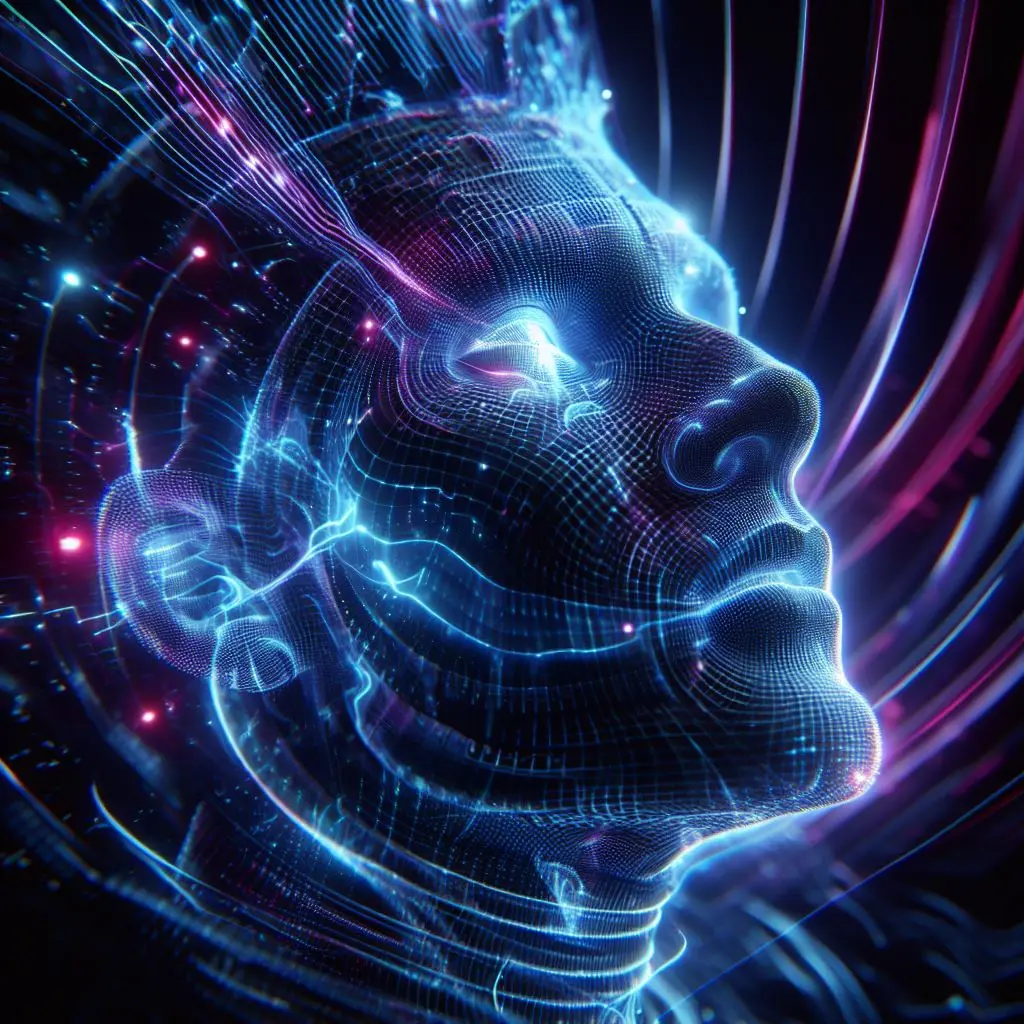Holographic Concerts: Blending Technology and Live Performances
Exploring how holographic concerts revolutionize music with their high-tech charm and challenges.
Technology has completely overhauled music distribution. Social media and streaming platforms have taken over the entire musical market. However, for indie artists like you, streaming royalties aren’t enough to make a decent living. The indie artist’s real bread and butter is live shows. There has been technological advancement in live shows, but nothing as drastic as the distribution side of things. That’s all changing now.
Alongside other technologies, holograms are taking over. In this article, I’ll talk about holographic concerts. What are the main features of a holographic concert, why is it a good idea, and what are some potential conflicts that lie ahead? Let’s talk…
Main Features of Holographic Concerts
Computer-Generated Imagery
Holographic concerts are often confused with virtual concerts, but there is a distinct difference between the two. Virtual concerts involve digital avatars of real people that are controlled by the actions of said people. Holographic concerts, on the other hand, are computer-generated and are not controlled by someone wearing a VR headset. This is how it works.
To create the holographic image, the artist must first be scanned. Appearance, movements, and mannerisms have to be captured so that the hologram can effectively reproduce an accurate imitation of the artist. Once that is done, some serious tech is involved in using the scanned data to create a 3D digital image that can be animated depending on the performance.
High-Tech Projectors
Once the image is captured and generated, the next issue is how to display it on stage for the actual performance. How do you project an image onto a stage such that the audience doesn’t just see a 2D video? One answer is high-tech projectors. The projectors beam the image onto a transparent surface such that it appears to be 3D. There are other methods such as Pepper’s Ghost Technique, Holobox displays, and 3D projection mapping.

Sync of Technologies
After nailing how to get the 3D image onstage effectively, the next stage is to bring the entire performance together. The hologram must sync perfectly with the audio and other aspects of the performance such as lighting and stage props. You don’t want your hologram doing something different from the music. It’s no easy feat, bringing it all together, but this is where the difference in sophistication is always evident.
Why it’s a good idea
Increased flexibility
Holograms, and other similar technologies, offer artists incredible flexibility. It means you can perform without actually being there. It also means artists can be in different places at the same time without being in any of the locations. That’s an insane amount of flexibility. Imagine having Rihanna concerts happening all over the world at the same time. Incredible scenes.
It also means you can offer different kinds of live performances to different tiers of fans. With the different options come different ways to make extra income.
Different experience
Nothing does it better than seeing your favorite artist perform on stage, but holographic concerts are a different experience. The combination of music and technology always results in special moments for fans. Technology allows for twists and turns that would ordinarily be impossible for the artist to do. It breaks the barriers of human incapacities and facilitates new, ground-breaking stage performances.
Raising the dead
In 2012, Snoop Dogg and Dr. Dre took to the stage for a performance at Coachella. Suddenly, the lights went off, and out of the blue, the impossible happened. Tupac Shakur appeared. In 2012, there was even less technology than today so you can imagine the shock and confusion of the fans. It’s one of the pioneer real-life applications of holographic concert technology.
Michael Jackson and Whitney Houston have also been “resurrected” for performances. So this technology allows us to preserve iconic, timeless performances such that we can not only watch clips but experience them again.
Creativity
Technology goes beyond human limitations. With such extra flexibility, there’s room for more creativity to flow. There are no ideas that are too crazy to pull off anymore. That’s the power of technology. Whether it’s the stage decor, the transition between songs, or the performance itself, creativity abounds when we push our limits.
Potential Conflicts
Technical Difficulty vs Innovation
As with any new technology, the application of holographic concerts is far from perfect. That said, the innovation is exciting. Due to how difficult it is to do, it's also quite expensive. So an upcoming indie artist like yourself might not be able to try it yet. It's important to know what's happening, though.
The main conflicts here are the imperfections in the technology and the high cost of pulling off a holographic concert. The mother of invention, however, is a necessity. It poses a challenge to the music industry.
How can we reduce the technical and financial requirements for holographic concerts? Is there a way we can make it cheaper and more effective? I'm sure there is, but we'll have to find it first.
Authenticity vs Creativity
On one hand, we can argue that holographic concerts give more room for creativity. I think that's true, I've said as much in this article. On the flip side, there's an argument that holograms are not authentic. As we allow more and more technology into the industry, we're gradually sucking out the soul of music and making artists dependent on technology.
I see the point, but technology doesn't replace human creativity. Technology does not apply itself as it sees fit. Humans must put it to use. So even in the application of technology, there's authenticity.
AI-generated text can be differentiated from human-written text. Music won't be any different.

Copyright Laws vs Reviving the Past
I already told you about the Tupac performance in 2012. For some of the fans, it was a great time full of nostalgia and reliving the legend. For others, it was creepy. The dead should be allowed to rest, they argued.
Another argument is the matter of copyright. If the music of dead musicians is still subject to copyright, you can imagine the fuss around making an entire hologram of the artist.
Final Thoughts
Holographic concerts are far from perfect, but there's no going back. Whether you like the idea or not, they're here to stay and will only improve in realism. The question for you is what you'll do with this information.
Will you just ignore it? Will you embrace it? The final decision rests with you, but it's important that you have all the facts so that you're not taken by surprise.
Now it's your turn. What do you think about holographic concerts?
Blog Article Tags
holographic concerts technology live performances flexibility creativity conflictsMore Articles
Where To Find Good Indie Music - If you're a long time fan or first time listener of Indie music, we'll show you the best methods for discovering the music you love.
Is Billie Eilish Indie? - Billie Eilish had a meteoric rise but is she truly an indie artist? Let's find out.
Common Mistakes of Beginner Indie Artists - Let's explore the most common mistakes indie artist make when starting out.
Can Christians Listen to Secular Music? - Let's look into the different sides of the gospel secular music scene.
What's The Key For a Great Music Live Performance? - Let's explore live performances and a musician's preparation mindset.


